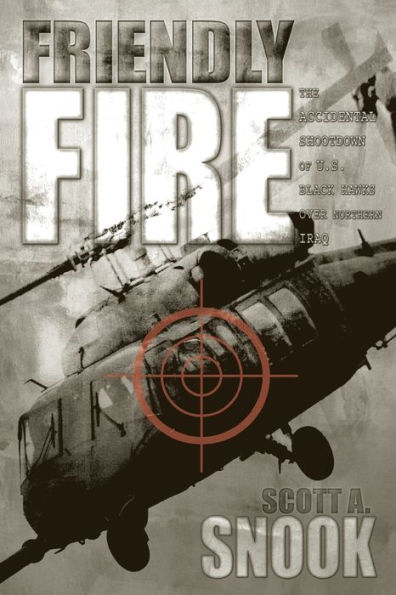5
1
9780691095189



Friendly Fire: The Accidental Shootdown of U.S. Black Hawks over Northern Iraq available in Paperback

Friendly Fire: The Accidental Shootdown of U.S. Black Hawks over Northern Iraq
- ISBN-10:
- 0691095183
- ISBN-13:
- 9780691095189
- Pub. Date:
- 01/27/2002
- Publisher:
- Princeton University Press
- ISBN-10:
- 0691095183
- ISBN-13:
- 9780691095189
- Pub. Date:
- 01/27/2002
- Publisher:
- Princeton University Press

Friendly Fire: The Accidental Shootdown of U.S. Black Hawks over Northern Iraq
$42.0
42.0
In Stock

Product Details
| ISBN-13: | 9780691095189 |
|---|---|
| Publisher: | Princeton University Press |
| Publication date: | 01/27/2002 |
| Edition description: | Revised ed. |
| Pages: | 280 |
| Sales rank: | 737,329 |
| Product dimensions: | 6.00(w) x 9.25(h) x (d) |
About the Author
What People are Saying About This
From the B&N Reads Blog
